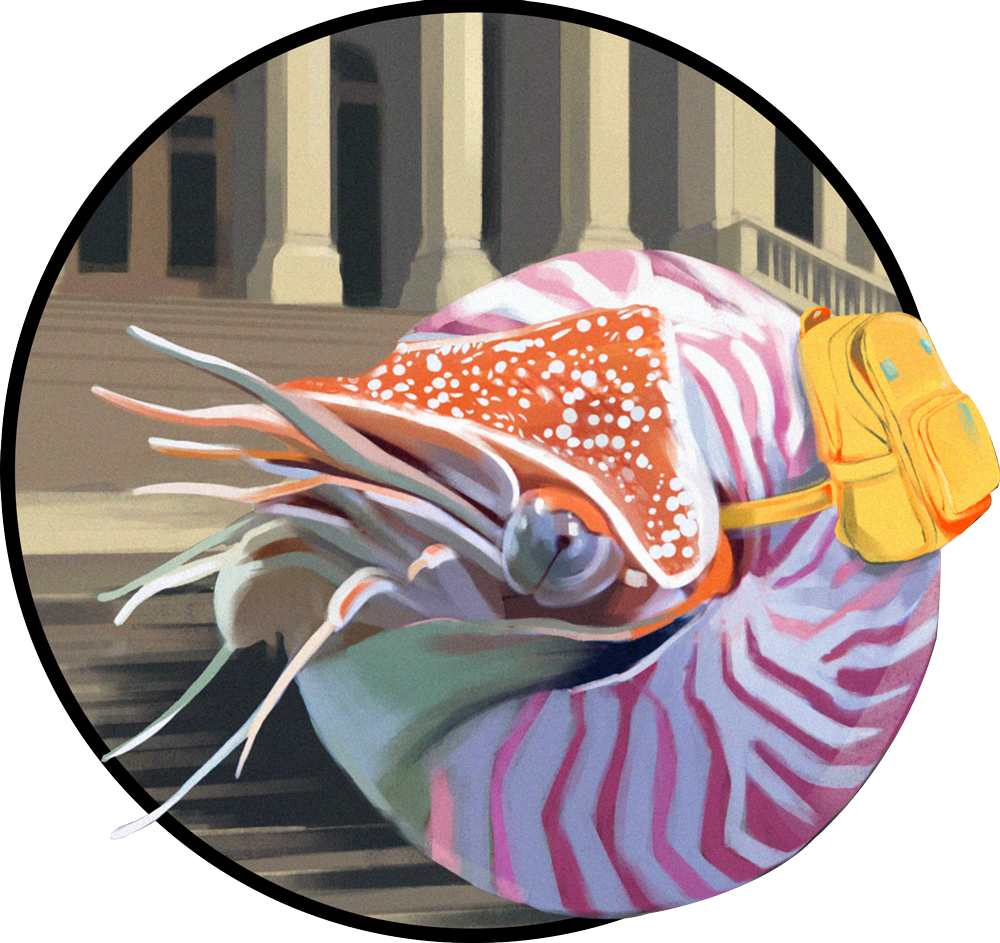Long-overlooked clues hiding within ancient Roman glasswork may have uncovered a secret collective of artisans. It’s all thanks to archaeologist and glassblower Hallie Meredith, who was once gazing at Roman objects called glass cage cups or diatreta at the Metropolitan Museum of Art in New York City. She happened to turn one around, setting off a series of discoveries.
“Because I am trained as a maker, I kept wanting to flip things over,” Meredith said in a statement. “When that happens, patterns appear that everyone else has literally photographed out of the frame.”
Meredith noticed motifs including crosses, leaves, and diamonds next to an inscription “wishing [the cup’s] owner a long life.” Such symbols had previously been labeled as decorative, but she saw something more. This chance observation blossomed into a glass treasure hunt—she found similar symbols on other diatreta dated between the fourth and sixth centuries, works that have intrigued scholars for centuries.
Read more: “The Strange Life of Glass”
It was already known that artisans began with large chunks of thick glass, which they carved into two layers connected by intricate glass bridges. Now, Meredith’s detective work suggests that these glassworkers used the symbols found on these cups to form a visual language, findings reported in an April Journal of Glass Studies paper and a World Archaeology paper published last month.
“It is clear that such symbols were not merely ‘decorative’ but were instead meaningful and intentional in a way not previously recognized or appreciated,” she wrote in the Journal of Glass Studies paper.
After inspecting unfinished fragments of diatreta, tool marks, and inscriptions, Meredith suggests that collectives of apprentices, polishers, and engravers collaborated on these magnificent pieces—painstaking projects that could take years to complete. These motifs may have referred to the regional workshops where the cups were made. “They were the ancient equivalent of a brand,” she said.
Meredith hopes that her work can spark further findings on diatreta production—and paint a more complex picture of ancient artisans. “There’s been a static picture of people who do the work,” Meredith said. “We presume we understand them because we focus on elites. But when the evidence is assembled, far more is known about these craftworkers than previously thought.” ![]()
Enjoying Nautilus? Subscribe to our free newsletter.
Lead image: Carole Raddato / Wikimedia Commons






























